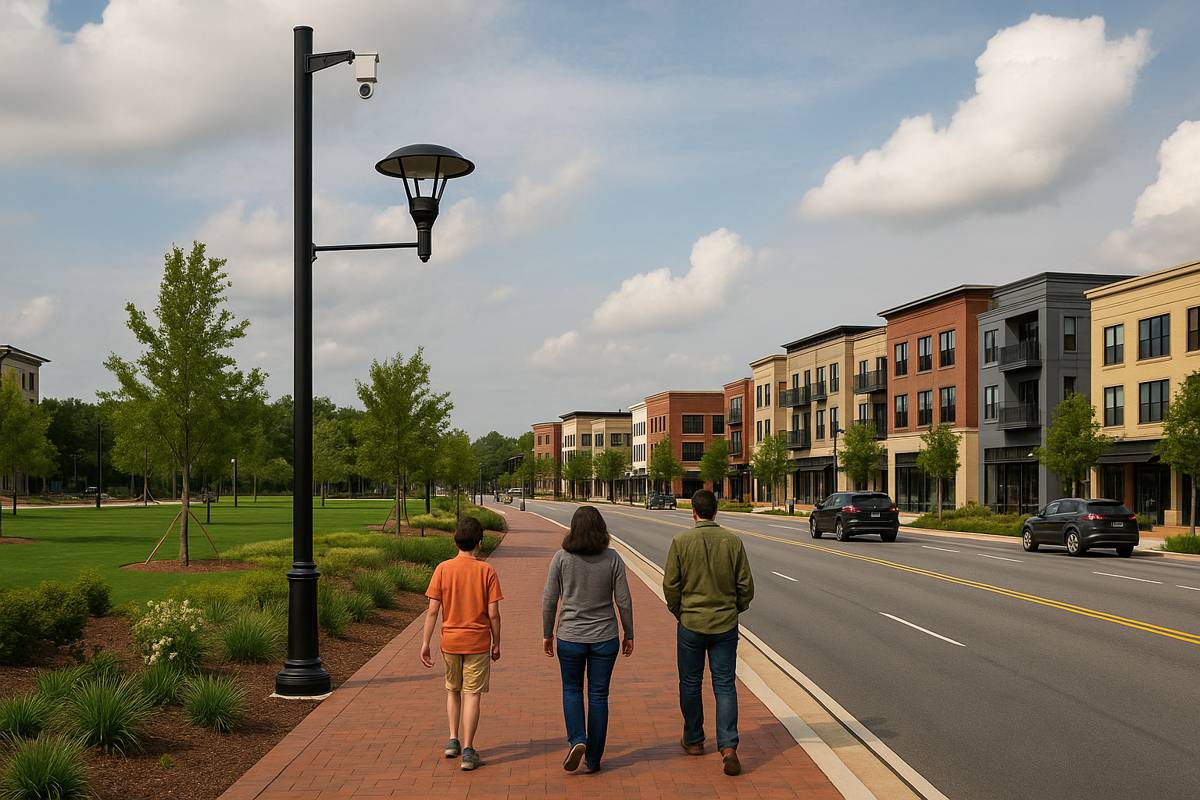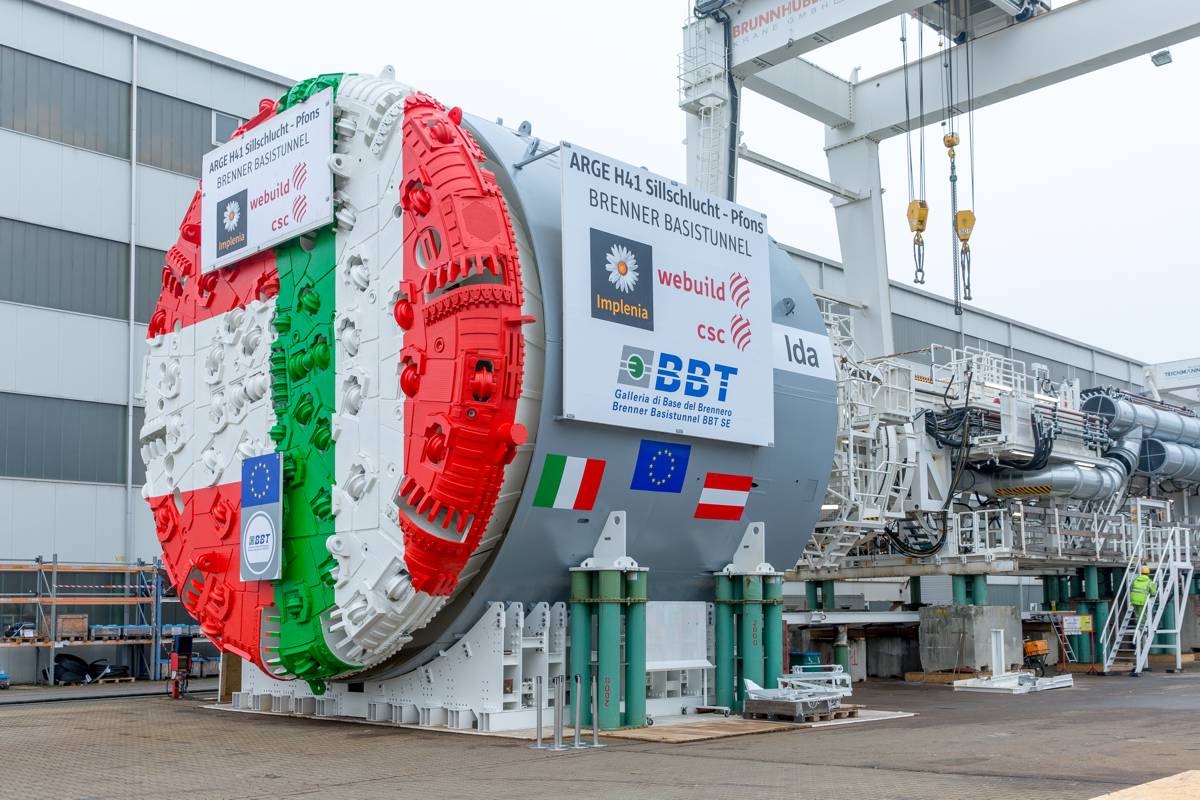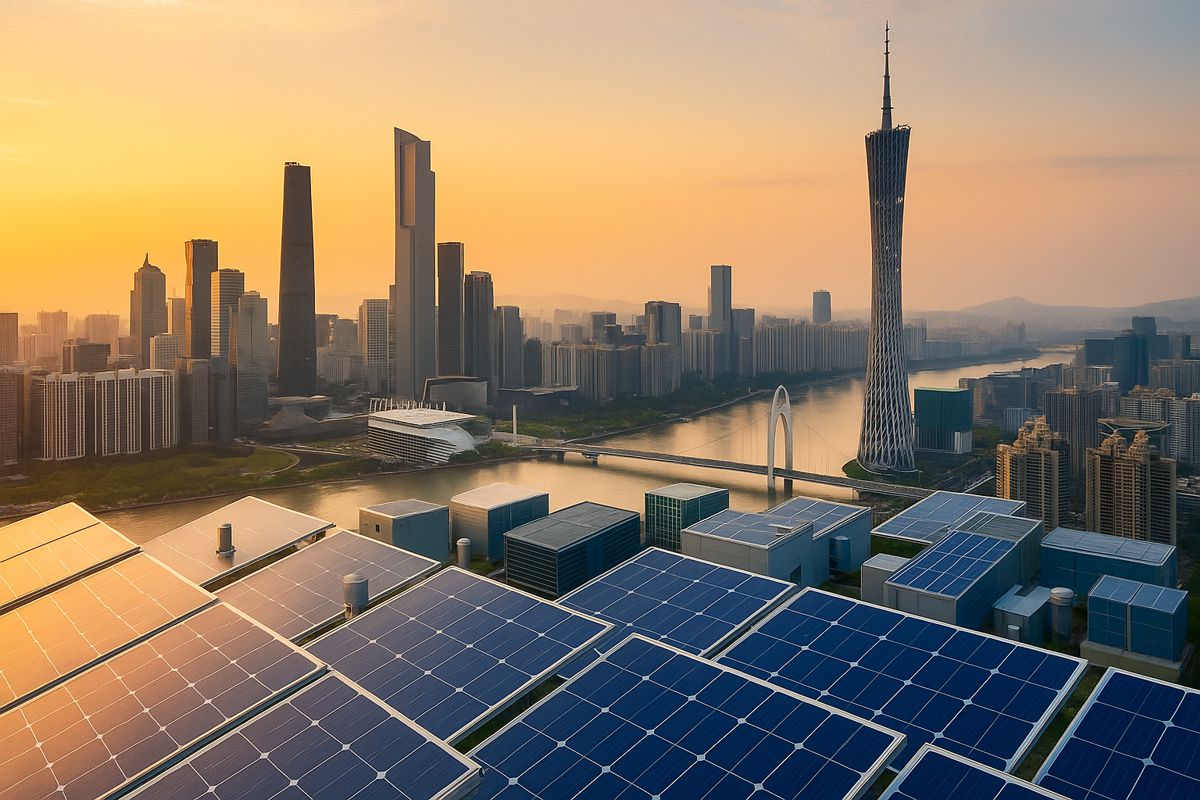Optimising Urban Drainage Systems for Sustainable Water Management
Urban drainage systems sit at the heart of every modern city, yet they are often pushed beyond their limits as rainfall patterns intensify and population densities increase. Urban flooding, combined sewer overflows and erratic inflow to treatment facilities have become recurring challenges across major metropolitan regions. The stakes are particularly high in fast-growing districts where ageing infrastructure must shoulder expanding demands.
Cities worldwide are seeking new frameworks to coordinate pumps, pipelines, sensors and storage assets more effectively, reducing pollution and preventing overflows before they occur. This research landscape has been steadily evolving, yet long-term, multifacility optimisation remains relatively underexplored. That gap is precisely what a team from Tsinghua University and partner institutions set out to address.
A Breakthrough Study From Tsinghua University
The research, published in Frontiers of Environmental Science & Engineering, presents a detailed investigation titled Multiobjective optimization control for multifacility coordination in integrated urban drainage systems. The team developed a multiobjective optimisation method built around a dynamic model combined with a particle swarm optimisation algorithm. Their goal was to provide a more holistic pathway for drainage system coordination that accounts for real-world operational constraints.
According to the team: “Urban drainage systems require coordinated, long-term strategies to minimise pollutant discharge and reduce combined sewer overflows while maintaining stable inflow to treatment plants.” This emphasis on long-term planning rather than short-term reactive operation represents a meaningful shift in how engineers approach drainage management.
Testing in Hangzhou’s Rapidly Growing Yuhang District
The researchers deployed their optimisation framework on the urban drainage system serving Yuhang District in Hangzhou. This region, now a significant technology and logistics hub, has seen dramatic urban expansion, placing mounting pressure on drainage assets. The experiment covered a six-month rainfall sequence from July to December 2022, a period that included both moderate and heavy rainfall events.
The system under evaluation comprised multiple drainage pipelines, pumping stations and a network of intelligent diversion wells. These wells automatically adjust flows in real time, offering new flexibility in managing stormwater and sewage under varying load conditions. By applying coordinated optimisation across all facilities, the researchers hoped to improve resilience without requiring major new infrastructure.
The Core Objectives Behind the Optimisation Model
The proposed multiobjective framework targeted several integrated goals:
- Minimise combined sewer overflows.
- Reduce pollutant discharge into natural water bodies.
- Lower pump running time.
- Reduce pump start-stop cycles.
- Improve stability of inflow to the sewage treatment plant.
Balancing these priorities is challenging, particularly during intense rainfall when decisions must be made quickly. Particle swarm optimisation provided a robust computational method to help identify the best balance between competing objectives.
The researchers explained: “By integrating multiobjective optimisation with a dynamic drainage model, coordinated facility control becomes far more effective and adaptable across different rainfall conditions.”
Significant Improvements Under Real-World Conditions
The results highlighted measurable benefits. During moderate rainfall, combined sewer overflows were reduced by 47.87 percent, while heavy rainfall events saw a 33.60 percent reduction. Pollutant discharge fell by 77.55 percent and 71.37 percent respectively. These gains demonstrate the model’s capability to deliver cleaner, safer outcomes without expanding physical capacity.
Pumping station efficiency improved by 13.76 percent, helping reduce energy use and operational costs. This is particularly relevant for large cities where pumping can represent a major share of utility expenditure.
The study also identified Intelligent Diversion Wells 9, 10 and 14, along with pipeline module 19, as critical control nodes. Recognising these priority components offers cities a roadmap for targeted investments in automation and digital upgrades.
Strengthening the Role of Digital Infrastructure
Digital monitoring and predictive analytics continue to reshape the water sector. Around Europe and the US, water utilities are rolling out IoT-enabled sensors, machine learning forecasting models and cloud-based digital twins to control large-scale drainage networks. Similar approaches are gaining traction in China, where intelligent urban-water platforms have become a strategic priority.
The optimisation framework proposed by Tsinghua University aligns well with this global digital shift. It provides a structured way to use real-time data from pumps, pipelines and diversion structures to adjust control strategies on the fly.
International studies on integrated urban drainage have shown that combining hydraulic modelling with optimisation tools can reduce flood incidents by up to 40 percent and improve treatment plant stability by nearly 30 percent. This new research pushes the boundaries further by integrating long-term coordination across diverse facilities.
Implications for Future-Ready Cities
Cities are under pressure to build resilient, low-carbon drainage networks that can cope with climate-driven rainfall extremes. Traditional infrastructure expansion alone can no longer meet these needs affordably. Instead, coordinated optimisation offers a cost-effective alternative.
Policymakers increasingly favour approaches that use existing assets more efficiently. The study strengthens the case for data-driven control solutions, especially in dense metropolitan areas where land for new retention ponds or pipelines is limited.
Urban growth corridors in Southeast Asia, Africa and the Middle East could also benefit. Many rapidly urbanising regions struggle with poor drainage networks, where overflows contaminate drinking water and degrade ecosystems. By identifying key nodes and coordinating existing facilities, these cities can make step-changes in performance.
A New Chapter in Urban Water Management
The researchers conclude: “This study establishes a long-term, multifacility coordinated optimisation framework for urban drainage systems, offering practical strategies to support sustainable water management.” Their work highlights a future where real-time optimisation, digital platforms and targeted upgrades form the backbone of urban water security.
For practitioners, the research provides actionable insights on priority control points, performance gains under varying rainfall intensities and the strategic role of intelligent diversion wells.
Strengthening Environmental Resilience
With climate change amplifying rainfall extremes, urban drainage resilience is no longer an optional add-on. It is a core component of public safety, environmental protection and sustainable development.
Research such as this, backed by rigorous field testing and advanced optimisation techniques, helps set a new benchmark for how rapidly expanding cities can future-proof their drainage systems.




















